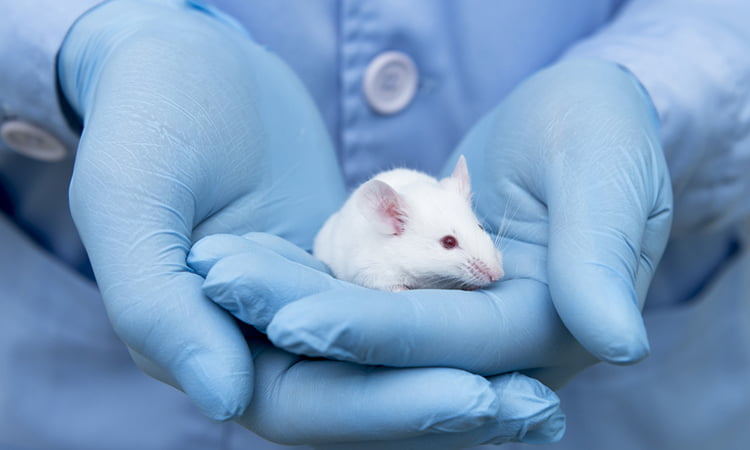Analysis of mouse neuroinflammation samples aided by flow cytometry
Posted: 26 October 2020 | Victoria Rees (Drug Target Review) | No comments yet
A new study has highlighted the advantages of using flow cytometry for the analysis of neuroimmune cell populations from mouse models.


Researchers have used flow cytometry strengthen the simultaneous analysis of mouse model neuroimmune cell populations once extraction has been optimised. The study was conducted at the University of Castilla-La Mancha (UCLM), Spain.
According to the researchers, the technical difficulty to isolate microglia, astrocytes and infiltrating immune cells from mouse brains is a limiting factor in the study of neuroinflammation. Brain isolation requirements are cell-type and animal-age dependent, but current brain dissociation procedures are poorly standardised. The team says that this lack of comprehensive studies hampers the selection of optimised methodologies.
So, the researchers compared dissociation methods and Percoll-based separation to identify the most efficient procedure for the combined isolation of healthy microglia, astrocytes and infiltrated leukocytes; distinguishing neonatal and adult mouse brain.
In their study, the team used gentle mechanical dissociation and DNase I incubation, supplemented with papain or collagenase II. Dispase II digestion was also used alone or in combination. A cell separation efficiency of 30 percent and 30 – 70 percent Percoll gradients was compared.
The researchers then used flow cytometry to measure cell yield and integrity of freshly dissociated cells. They found that papain digestion in combination with dispase II followed by 30 percent Percoll separation is the most balanced method to obtain a mixture of microglia, astrocytes and infiltrated immune cells, while the addition of dispase II was not an advantage for the neonatal mouse brains.
The team say that these dissociation conditions allowed flow cytometry detection of a slight glial activation triggered by sublethal lipopolysaccharide (LPS) injection.
They conclude that the enzymes and Percoll density gradients tested in their study affected the resting microglia, activated microglia/macrophages, astrocytes and infiltrated lymphocytes differently. They also found that newborn and adult mouse brains showed contrasting reactions to digestion.
The study was published in IBRO Reports.
Related topics
Analysis, Analytical techniques, Disease research, Flow Cytometry, Neurosciences
Related conditions
neuroinflammation
Related organisations
University of Castilla-La Mancha (UCLM)


